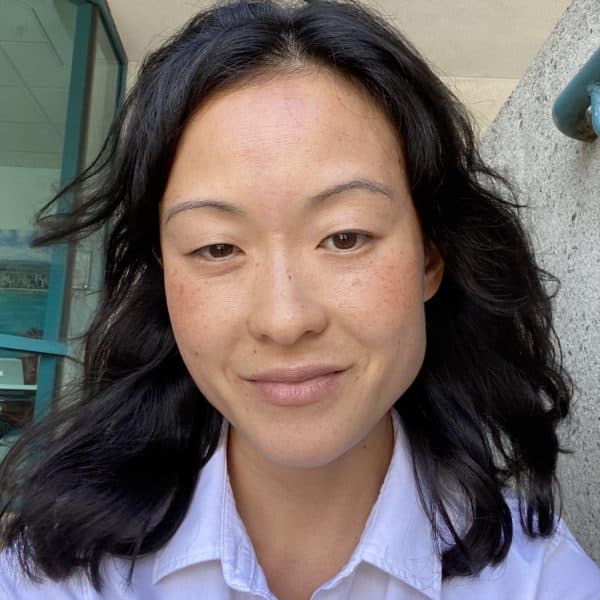Advertisement
Busing's legacy in Boston, 50 years later
Timeline: Major events shaping Boston’s school busing era

Federal Judge W. Arthur Garrity’s order on June 21, 1974 serves as the event most associated with mandatory busing to desegregate schools in Boston. But efforts to improve educational opportunities for the city’s students of color had roots in Black and community activism long before the Morgan v. Hennigan ruling.
Unequal conditions in Boston’s Black and white neighborhood schools and the recalcitrance of the Boston School Committee to integrate schools under the state’s 1965 Racial Imbalance Act led Black parents and the NAACP to turn to the courts. Meantime, boycotts, “freedom schools” and voluntary busing programs helped Black students access better schools in other neighborhoods.
As court-ordered busing began, thousands of white families left the district. In 1972, Boston schools enrolled 96,000 students, 60% of whom were white and 32% Black. By 1988, after the official end of the court order, Boston’s school enrollment had fallen to 57,000. By then, just 24% of students were white, while 48% were Black, 19% Hispanic and 8% Asian.
Here, we take a look at some of the key developments starting in the mid-20th century that shaped this pivotal era in Boston’s history.
